Ioana-Anastasia Oprescu
Prediction of Synchrostate Transitions in EEG Signals Using Markov Chain Models
Oct 20, 2014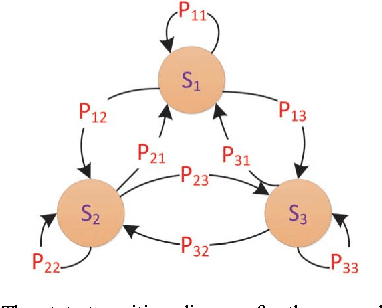
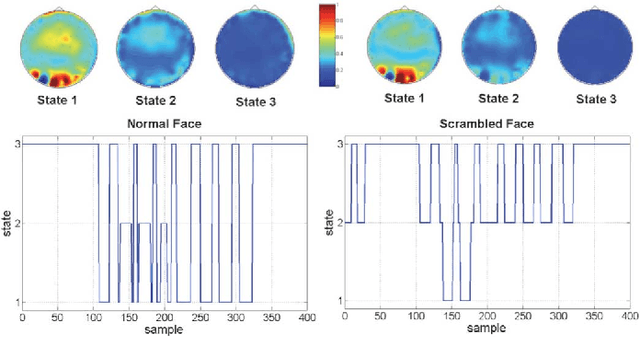
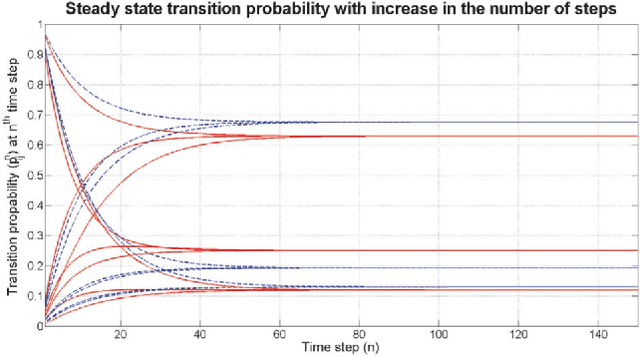
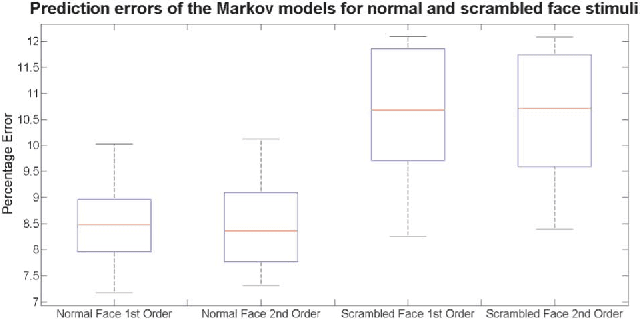
Abstract:This paper proposes a stochastic model using the concept of Markov chains for the inter-state transitions of the millisecond order quasi-stable phase synchronized patterns or synchrostates, found in multi-channel Electroencephalogram (EEG) signals. First and second order transition probability matrices are estimated for Markov chain modelling from 100 trials of 128-channel EEG signals during two different face perception tasks. Prediction accuracies with such finite Markov chain models for synchrostate transition are also compared, under a data-partitioning based cross-validation scheme.
* 5 pages, 5 figures
Classification of Autism Spectrum Disorder Using Supervised Learning of Brain Connectivity Measures Extracted from Synchrostates
Oct 20, 2014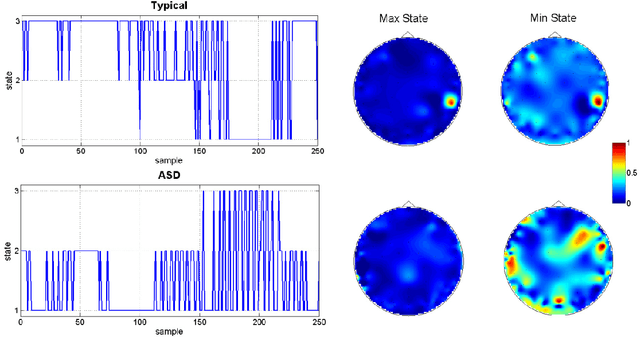
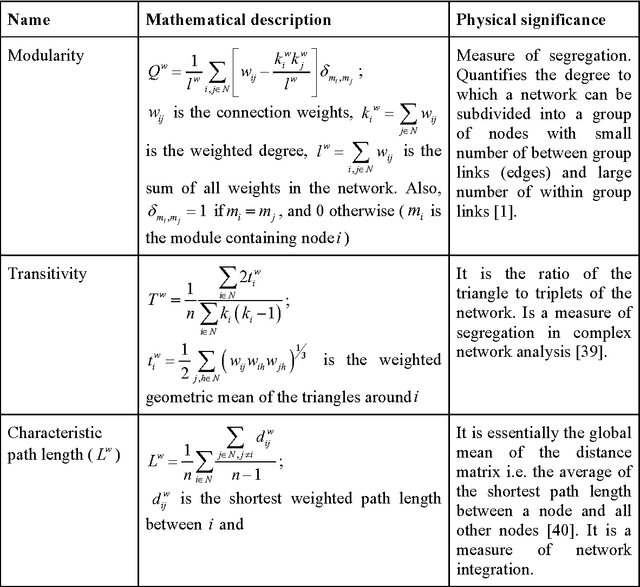

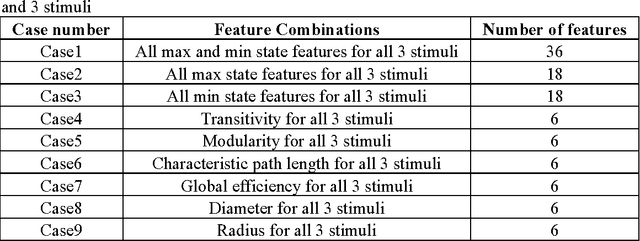
Abstract:Objective. The paper investigates the presence of autism using the functional brain connectivity measures derived from electro-encephalogram (EEG) of children during face perception tasks. Approach. Phase synchronized patterns from 128-channel EEG signals are obtained for typical children and children with autism spectrum disorder (ASD). The phase synchronized states or synchrostates temporally switch amongst themselves as an underlying process for the completion of a particular cognitive task. We used 12 subjects in each group (ASD and typical) for analyzing their EEG while processing fearful, happy and neutral faces. The minimal and maximally occurring synchrostates for each subject are chosen for extraction of brain connectivity features, which are used for classification between these two groups of subjects. Among different supervised learning techniques, we here explored the discriminant analysis and support vector machine both with polynomial kernels for the classification task. Main results. The leave one out cross-validation of the classification algorithm gives 94.7% accuracy as the best performance with corresponding sensitivity and specificity values as 85.7% and 100% respectively. Significance. The proposed method gives high classification accuracies and outperforms other contemporary research results. The effectiveness of the proposed method for classification of autistic and typical children suggests the possibility of using it on a larger population to validate it for clinical practice.
* 27 pages, 17 figures
 Add to Chrome
Add to Chrome Add to Firefox
Add to Firefox Add to Edge
Add to Edge